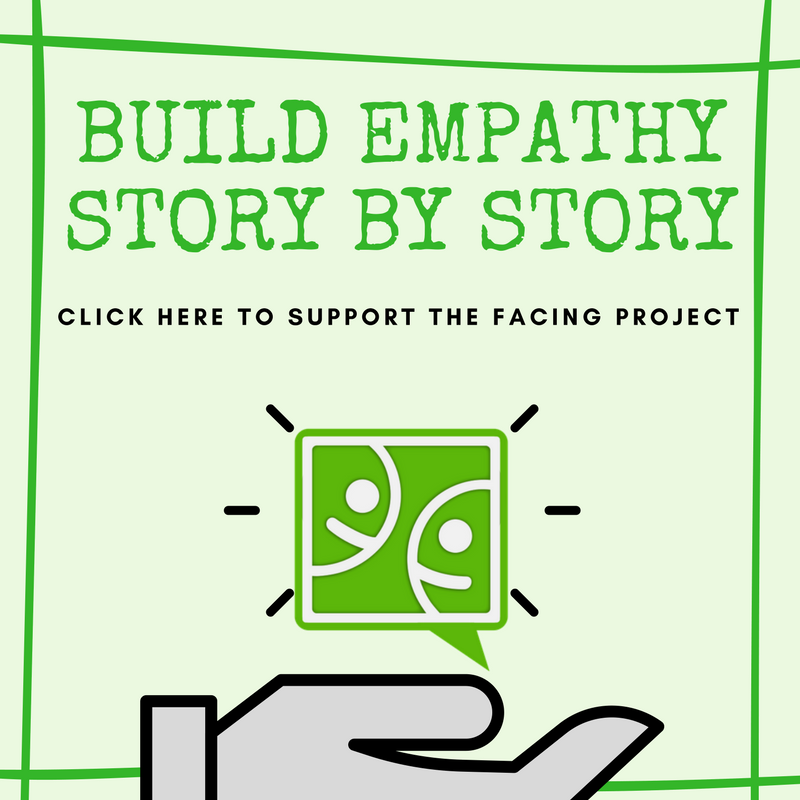Kelly Miller’s story
As told to Casey Smith
It’s always been so nice to be at home with the kids. When you’re a mother of three, there’s a special closeness you have with your children, and being a stay-at-home mom was like a dream. I had the kids so close together, and watching them grow in their early years is a gift, as a mother.
I’m a kindergarten teacher, and loving children is a part of who I am. Chloe, Ruby and Isaiah, my three kids, make me a better person every day, and I know it has a positive impact on my abilities as an educator.
To be honest though, I never thought I would be raising my kids in Muncie.
I think it started when my husband and I first met while at Ball State. Without really knowing it, Muncie was already kind of becoming our home back then. We found our church here. We found our work here. God called on us to stay here. It’s been 20 years, and we still don’t have plans on leaving.
But being a Christian hasn’t always been easy on me. I grew up in a religious atmosphere, and, I’ll admit, the sheltered environment I was once so accustomed to has forced me to work a little harder to learn—and understand—things I wasn’t so comfortable with before. I’ve made some mistakes in my lifetime, but my eyes have opened a little wider after each and every one. I want my kids to grow up with those wide eyes, too.
After graduating, I started teaching full-time. And the normal pattern of life followed: get married, have kids, take some time-off at home. It was great while it lasted, and I wouldn’t trade back those years for the world. But after five years away from work, I knew it was time for me to go back to my job.
The kids were my number one concern. I needed a place where they would be safe after school while I was still at work, but I didn’t want to throw them into the hands of someone I didn’t really know. So I started looking into the Boys and Girls Club. I knew some people who worked there, and I had students in my classroom who were going there, too. It seemed like a win-win.So I signed them up, and before I knew it, I was back teaching.
It was really hard, harder than I had expected.
It’s not like the kids were going very far away, but the new routine was a huge transition for our family. It was painful to hear the kids ask, “Why can’t you pick us up from school?” and, “I want to do my homework with you instead.”
But the kids started to adapt really fast to the club. In fact, I think it’s probably their favorite part of the day, now. I can’t even begin to name all of the activities the program offers for the kids, and it’s such a relief to know that everyone at the Boys and Girls Club wants to keep me up-to-date on what’s happening with the kids and how they’re doing.
Sometimes, there’s this added comfort when I know that other kids from around town are getting the proper care they need, too. I can see the differences between the kids in my classroom that go the Boys and Girls Club and those who don’t. There’s this sense of focus and stability I can see in some of the students, and I can always notice the change after a child starts going to the club after school.
Those changes happened for my kids, too, but maybe in ways that are a little less conventional.
All of the kids in the Boys and Girls Club after-school program get a lot of really fantastic opportunities. The staff has an excellent structure, and I’m always across the street if the kids are really in-need. But I try to let the kids grasp this opportunity with as much independence as possible. They’re getting their homework done; they’re playing outside; they’re going on trips. I couldn’t ask for better activities for my kids while I’m working.
I pray for my own kids every day, but I never leave out the children in my classroom or the children that my kids interact with at the Boys and Girls Club. I pray that my kids are positive influences, and I pray that others are having positive impacts on the lives of my children.
///
Casey Smith is a junior majoring in Journalism and Telecommunications and Anthropology with a minor in Spanish. Over the summer, she interned at the Smithsonian Institution, working on multimedia press projects and external affairs assignments at the National Museum of the American Indian. She is News Editor for The Daily News, Ball State’s campus newspaper. She also was part of Ball State’s BSU at the Games immersive learning experience, covering the 2016 Summer Olympics in Rio. You can reach her at casmith11@bsu.edu.
Are you interested in seeing more stories like this? If so, we need your help. Check out the Build Empathy Story-By-Story Campaign to learn how you can plug into the work of The Facing Project.
About The Facing Project:
The Facing Project is a 501(c)(3) nonprofit organization that connects people through stories to strengthen communities. The organization’s model to share stories and raise awareness is in cities across the United States focused on topics such as poverty, sex trafficking, mental health, immigration, and more. Facing Project stories are compiled into books and on the web for a community resource, used to inspire art, photography, monologues and—most importantly—community-wide awareness, dialogue, action, and change toward a more understanding and empathetic society.
This story originally appeared in Mentoring in Muncie, a publication of The Facing Project that was organized by Big Brothers Big Sisters of Delaware County in Muncie, Indiana.


